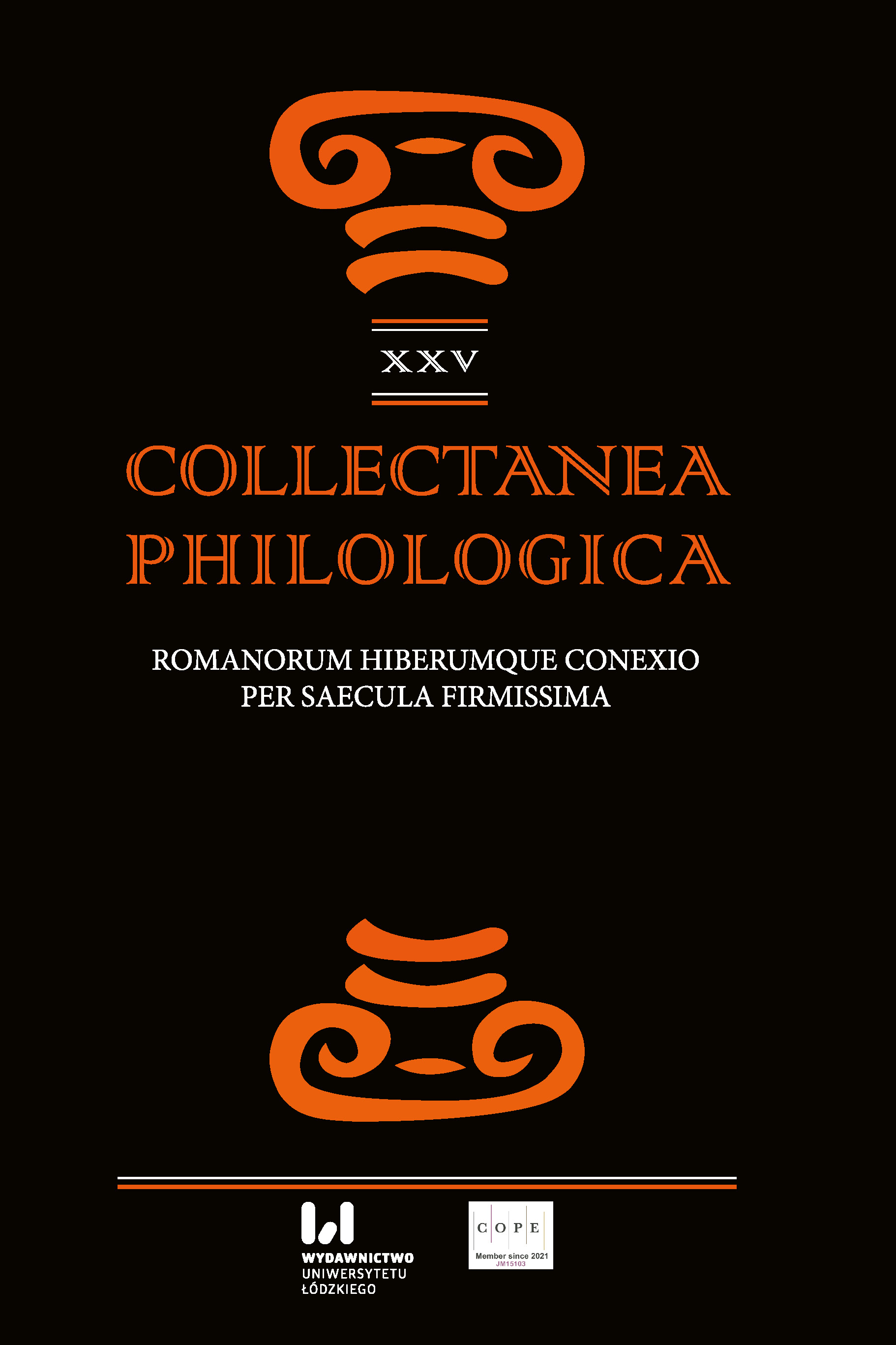Scypion Afrykański Starszy i hiszpańskie kobiety. Mit continentia Scipionis i jego recepcja w malarstwie weneckim w XVIII wieku
Scipio African Elder and Spanish Women. Myth of Continentia Scipionis and its Reception in Venetian Painting in the 18th Century
Author(s): Dorota Gorzelany-Nowak, Patrycja MatusiakSubject(s): History, Visual Arts, Ancient World, History of Art
Published by: Wydawnictwo Uniwersytetu Łódzkiego
Keywords: Scipio Africanus the Elder; fiancée of Allucius; Livius; Polybius; “The continence of Scipio”; Sebastian Ricci; Gian Antonio Pellegrini; Giovanni Battista Tiepolo
Summary/Abstract: Livy and Polybius note that after the conquest of New Carthage, Scipio Africanus the Elder freed Spanish hostages, among whom was Allucius’ fiancée of extraordinary beauty. Not only did Scipio not accept her as a gift, but he summoned her parents and fiancé from her country, returned her to them for free and gave away as a wedding gift the gold intended for her redemption. The motif of the “continence of Scipio”, which was a political strategy aimed at gaining allies and ensuring their friendship with the Romans, was widely reflected in literature, opera and, above all, painting, starting from the sixteenth century. In the article we present works created in the Venetian artistic environment that have not been analyzed before.
Journal: Collectanea Philologica
- Issue Year: XXV/2022
- Issue No: 1
- Page Range: 255-271
- Page Count: 17
- Language: Polish

